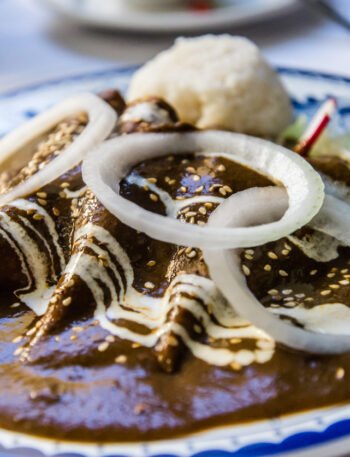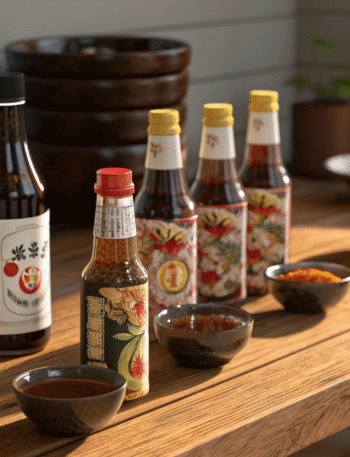Sous vide cooking has transformed home kitchens by delivering restaurant-standard dishes through effortless preparation. The sous vide technique ensures perfectly cooked meals every time by vacuum-sealing food and cooking it in a temperature-controlled water bath.
The supposedly flawless sous vide cooking technique still leads to major mistakes by home cooks that ruin their final dishes. In ‘Sous Vide at Home: Our guide ‘Sous Vide at Home: 5 Things You’re Doing Wrong (and How to Fix Them)’ addresses typical mistakes in sous vide cooking with special attention to maintaining proper temperature control which serves as the core element of this technique.
The most significant error in preparation occurs when food is not sealed correctly. A poor vacuum seal allows bags to float upward and results in uneven cooking while letting water penetrate the packaging. Choose a high-quality vacuum sealer or learn to use water displacement properly to improve your outcomes.
When cooking at home many cooks season their food at the wrong time. Salt has the ability to cure meat during extended cooking periods which changes its texture but herbs may develop excessive intensity or turn bitter.
Many home cooks skip the essential pre-sear or post-sear step due to impatience. The process of searing meat triggers the Maillard reaction which produces its desirable flavor and looks. On a side note, I’ve never been convinced that searing meat seals in moisture, but what it does do is produce its own umami! So is it necessary to sear, in my opinion, yes, it is.
The water bath loses its precision when overcrowding limits water movement which leads to uneven temperatures. Neglecting food safety recommendations when sous vide cooking exposes you to danger because this method needs precise time control at specific temperatures to inhibit bacterial development. Precise temperature control in sous vide cooking determines food safety standards and influences the quality of culinary results. Delicate proteins such as fish and eggs experience significant changes in sous vide cooking outcomes from temperature variations as small as 1-2°F. Accurate temperature control enables specific enzymatic reactions to tenderize meat while preventing it from overcooking. Collagen starts converting into gelatin at 130°F yet proteins toughen as they denature when exposed to higher temperatures. Cooking your steak at an exact 129°F temperature for medium-rare removes uncertainty while ensuring uniform results for each preparation. The accuracy of modern sous vide circulators reaching within 0.1°F of the target temperature becomes ineffective without thermal equilibrium time consideration and device calibration. It is essential to maintain temperature stability during cooking because frequent container opening or using a small vessel without covering the bath may cause heat loss and fluctuations.
To master sous vide cooking requires knowledge of typical mistakes and scientific principles because it depends on precise cooking methods. By steering clear of the identified errors and prioritizing temperature control you will harness the full capabilities of sous vide cooking. These specific details determine whether a sous vide meal reaches exceptional status or remains good.
Both beginners and seasoned sous vide cooks can achieve better culinary outcomes by focusing on these key elements.
Sous vide cooking excels in its dependable nature since learning basic principles and steering clear of mistakes guarantees you’ll create professional-grade dishes repeatedly at home.




